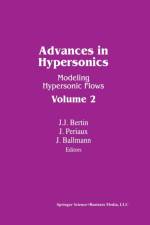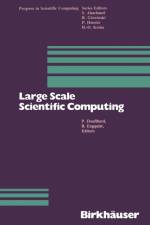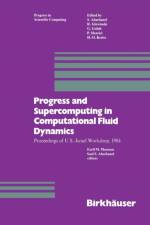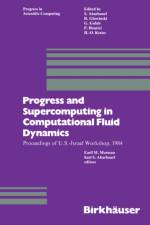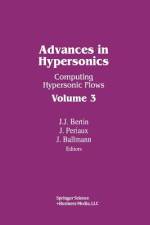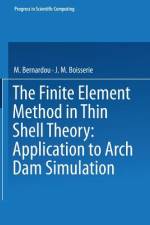von Deuflhard
50,00 €
In many scientific or engineering applications, where ordinary differen- tial equation (OOE),partial differential equation (POE), or integral equation (IE) models are involved, numerical simulation is in common use for prediction, monitoring, or control purposes. In many cases, however, successful simulation of a process must be preceded by the solution of the so-called inverse problem, which is usually more complex: given meas- ured data and an associated theoretical model, determine unknown para- meters in that model (or unknown functions to be parametrized) in such a way that some measure of the "e;discrepancy"e; between data and model is minimal. The present volume deals with the numerical treatment of such inverse probelms in fields of application like chemistry (Chap. 2,3,4, 7,9), molecular biology (Chap. 22), physics (Chap. 8,11,20), geophysics (Chap. 10,19), astronomy (Chap. 5), reservoir simulation (Chap. 15,16), elctrocardiology (Chap. 14), computer tomography (Chap. 21), and control system design (Chap. 12,13). In the actual computational solution of inverse problems in these fields, the following typical difficulties arise: (1) The evaluation of the sen- sitivity coefficients for the model. may be rather time and storage con- suming. Nevertheless these coefficients are needed (a) to ensure (local) uniqueness of the solution, (b) to estimate the accuracy of the obtained approximation of the solution, (c) to speed up the iterative solution of nonlinear problems. (2) Often the inverse problems are ill-posed. To cope with this fact in the presence of noisy or incomplete data or inev- itable discretization errors, regularization techniques are necessary.

